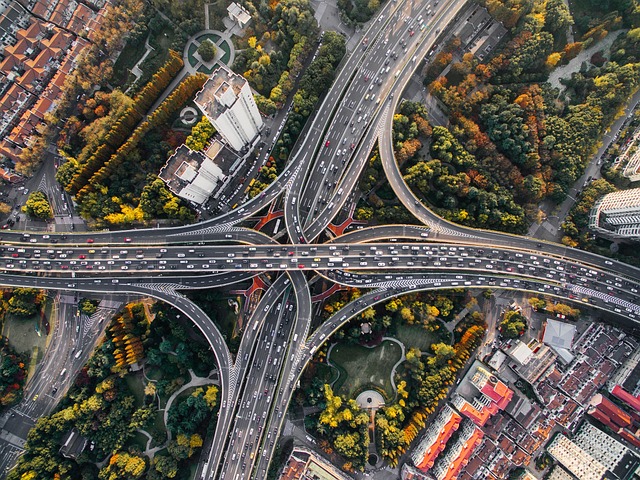The concept of a road transport network has been a cornerstone of modern mobility, connecting communities and facilitating trade across the globe. However, as we stand on the brink of a transformative era, it’s essential to reimagine this network through the lens of sustainability. The future of transportation must align with our collective goal of sustainable development, reducing our ecological footprint, and striving towards a carbon-neutral world.
As urbanization accelerates and populations swell, the demand for efficient and environmentally-friendly transport solutions grows evermore urgent. The challenge lies in revolutionizing our current road transport network to not only accommodate this growth but to do so while actively mitigating the environmental impact. Enter green technologies—innovative solutions designed to harmonize our transportation systems with the planet’s health.
Green technologies encompass a wide array of advancements, from electric vehicles (EVs) that reduce reliance on fossil fuels to smart traffic management systems that optimize vehicle flow and reduce congestion. The integration of these technologies into the road transport network can significantly lower greenhouse gas emissions, paving the way for cleaner air and healthier cities. For instance, electric buses and trains are leading the charge, providing a sustainable alternative to traditional diesel options.
Beyond electrification, other green technologies such as hydrogen fuel cells and biofuels are emerging as viable options, equipped to further diminish the carbon footprint of road transport. These innovations challenge the conventional paradigms of mobility, encouraging a forward-thinking approach that prioritizes environmental stewardship.
Furthermore, the role of urban planning in creating a sustainable road transport network cannot be underestimated. Fostering walkable communities, investing in cycling infrastructure, and enhancing public transportation services will lead to a decrease in individual car usage. This shift not only helps in curbing emissions but also promotes healthier lifestyles among citizens, contributing to a more resilient societal framework.
As we transition into this new era, the collaboration between governments, private sector organizations, and the community is vital. Policymakers must create regulations and incentives that promote the adoption of green technologies. At the same time, manufacturers must innovate and invest in cleaner technologies that align with environmental goals. Meanwhile, consumers play a pivotal role by embracing sustainable choices, influencing market trends towards eco-friendly options.
Ultimately, by collectively committing to a green vision for our road transport network, we can work towards a day when mobility is not just about getting from one place to another, but also about ensuring a sustainable and healthy planet for future generations. The journey toward a carbon-neutral future is underway, and each one of us has a part to play.




